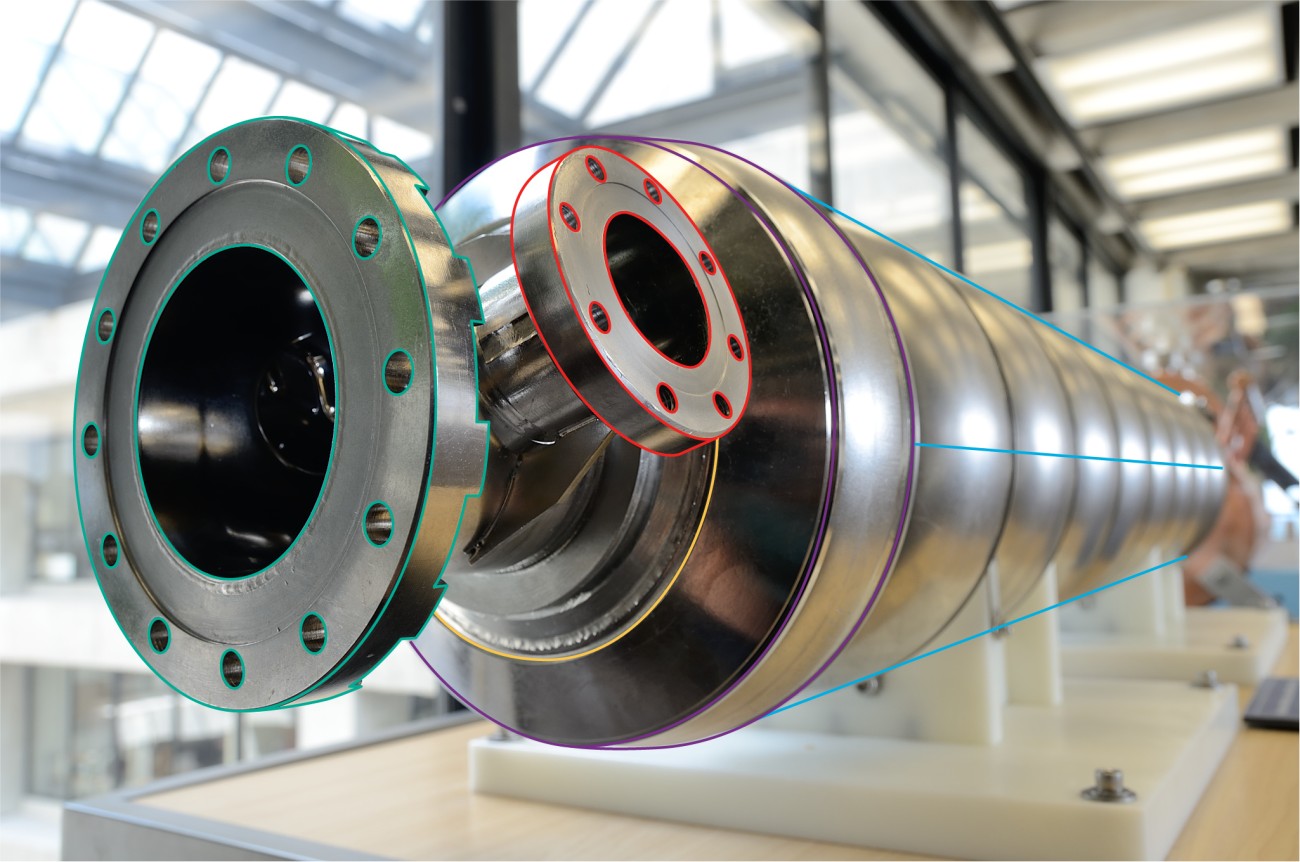Isogeometric Analysis
Isogeometric Analysis (IGA) was born, less than a decade ago, with the goal of bridging the gap between Computer Aided Design (CAD) and Finite Element Method (FEM). The main distinctive feature of IGA is that CAD geometries, commonly defined in terms of Non-Uniform Rational B-splines (NURBS), are represented exactly throughout the analysis, regardless of the level of mesh refinement, while in standard FEM the computational domain needs to be remeshed when performing h-refinement and its geometry approaches the exact one only in the limit of vanishing mesh size h.
Moreover, in addition to h-refinement and p-refinement, k-refinement was introduced as a combination of degree elevation and mesh refinement, yielding approximation spaces with higher regularity properties. k-refinement has the advantage of not increasing the number of degrees of freedom of the problem, but produces matrices with larger bandwidth.
The research at the chair deals, for example, with applications in electrical engineering, domain decomposition methods, uncertainty quantification and isogeometric boundary elements.


